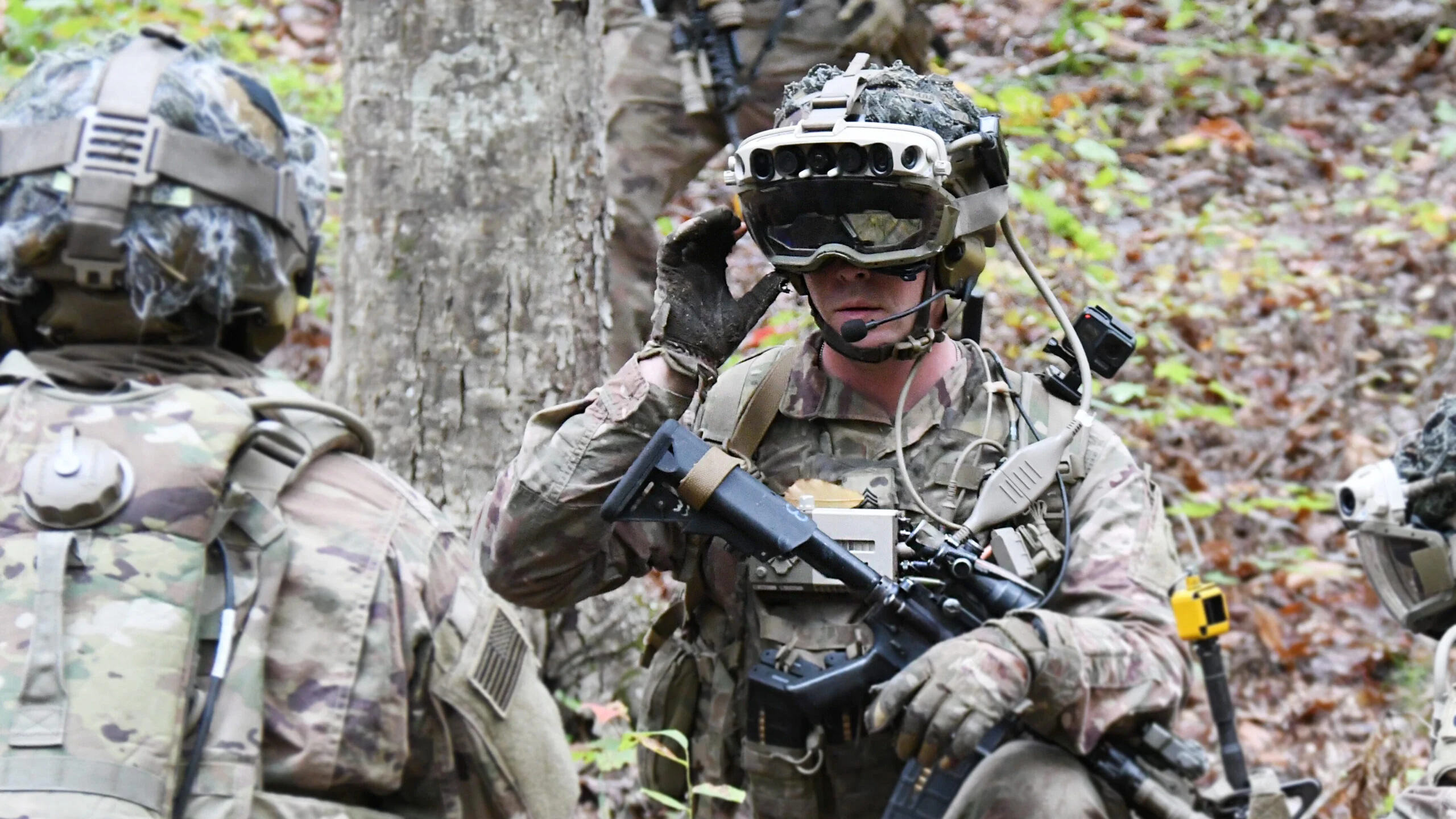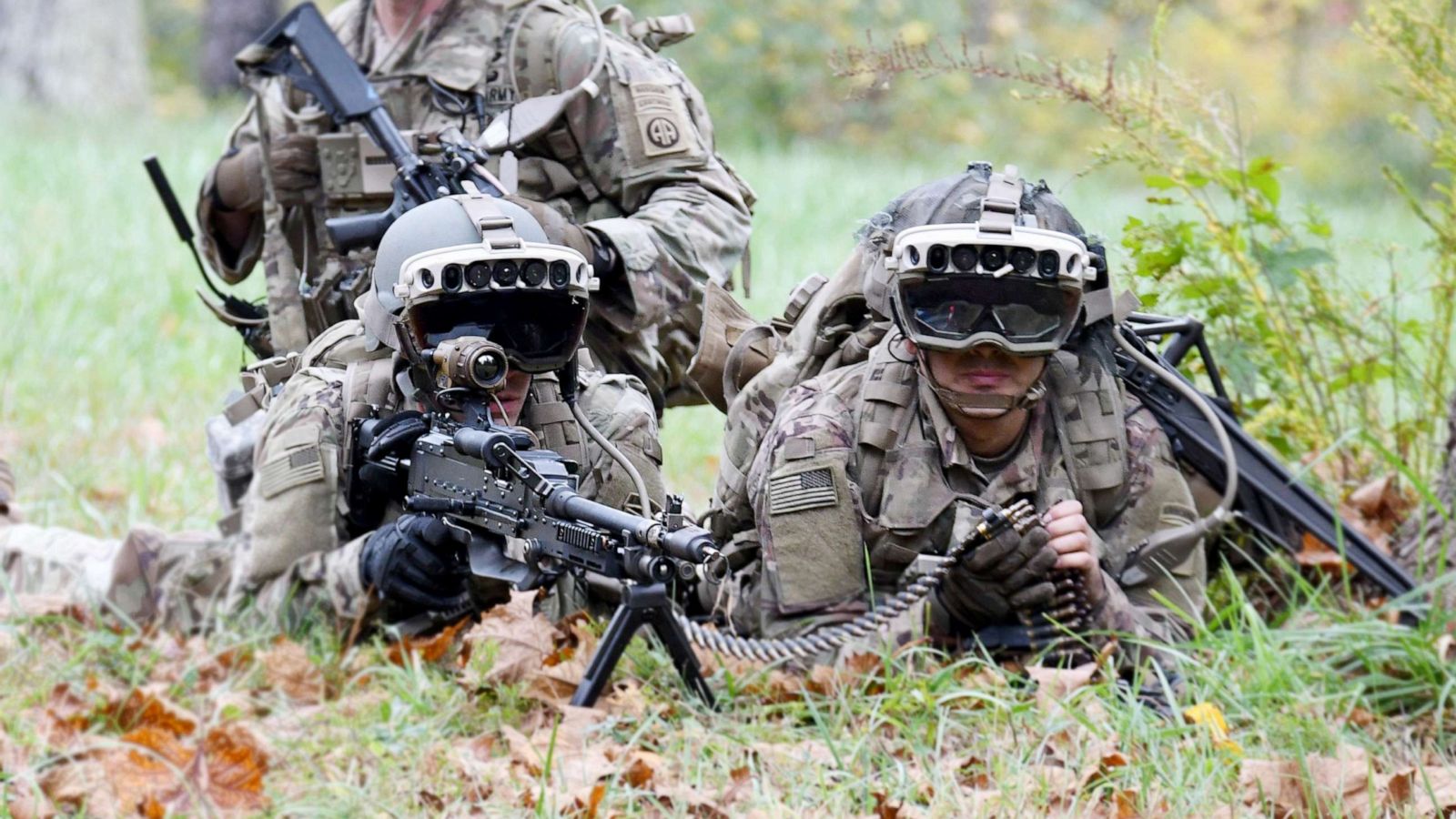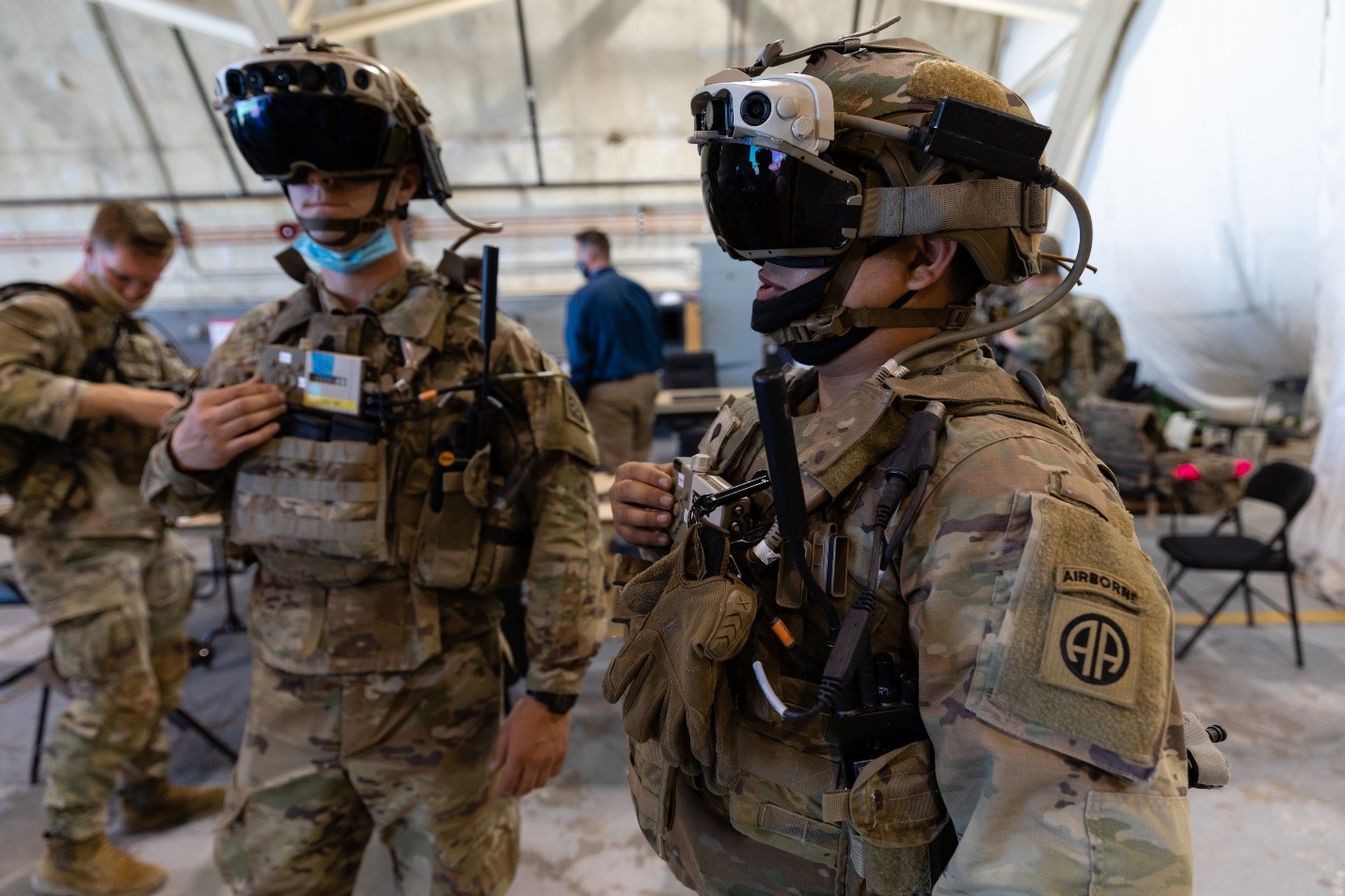U.S. Army HoloLens mixed reality headset causes soldiers to experience nausea, headaches, and eye fatigue

IVAS, the military version of the Microsoft HoloLens headset, did not perform well in the series of flight tests that took place in the first half of 2022.
Here's What We Know
The use of the tactical mixed reality headset has caused physical impairments in military personnel that affect the effectiveness of combat missions. Specifically, nausea, headaches and eye fatigue have been mentioned. This is reported by Bloomberg with reference to the representative of the Defense Department of the United States.
According to journalists, the symptoms appeared three hours after the end of the work with IVAS in more than 80% of the soldiers who have experienced discomfort from the interaction with the tactical headset. The problems were discovered during the May and June tests. The report was completed in October and consists of 79 pages. Notably, the report is not intended for the general public, but Bloomberg has accessed it. That said, the information in the document is not classified.

Nickolas Guertin, head of Operation Test & Evaluation, notes that IVAS can not be called a useless headset. He believes the device could be widely used in the U.S. military, but first the headset needs to be refined. It is suggested that the problem could be solved by increasing the brightness of the screen, widening the field of view and using advanced low light sensors.
The IVAS will act as a projection display for U.S. Army ground troops. In simple terms, mission leaders will be able to display information about the operation right in front of the soldiers' eyes. At the same time, commanders say that Microsoft's mixed reality headset does not affect the effectiveness of achieving the objectives.

The report on the results of the tests will be submitted to the Congress of the United States. On its basis, a decision will be made on the expediency of laying the budget of almost $425 million. At the same time, the U.S. Department of Defense intends to invest almost $22 billion in the program over 10 years.
Source: Bloomberg
Images: Microsoft, Breaking Defense, ABC News